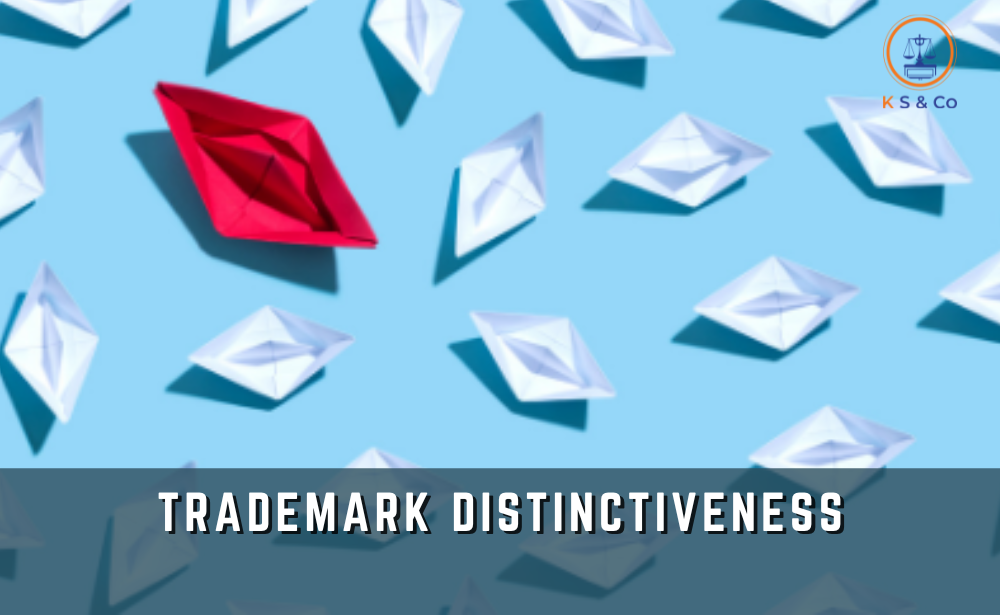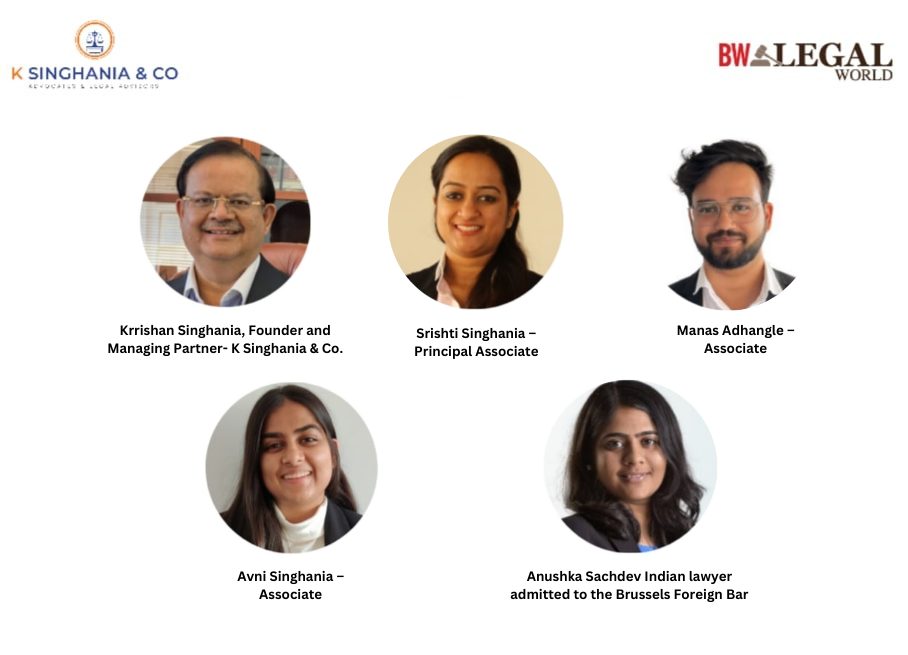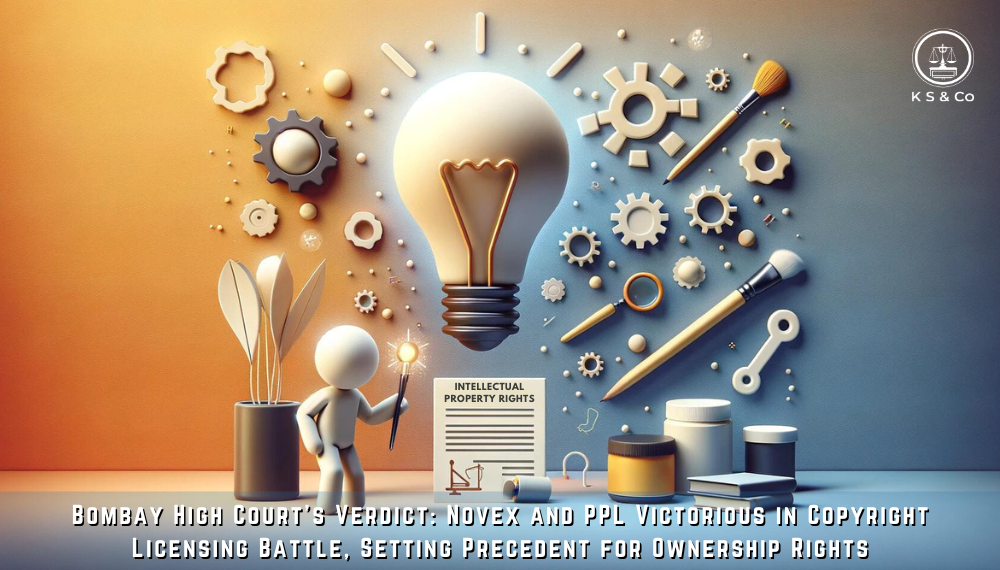The full bench of the Federal Court of Australia overturned the ruling of Thaler v. Commissioner of Patents [2021] FCA 879 which stated that AI can be treated as inventor. Artificial intelligence systems are built into machines and are engineered to mimic specific human cognitive processes and activities. Artificial neural networks are computer programmes that self-organize to stimulate the way the human brain analyses and creates information. Artificial intelligence networks may be used in or make up artificial intelligence systems.
FACTS
The case involved the AI system DABUS (Device for the Autonomous Bootstrapping of Unified Sentience) and patent applicant Dr. Stephen L. Thaler. The Patent Cooperation Treaty application was filed in 2019 by Professor Ryan Abbott of the University of Surrey, with Dr. Thaler as the applicant and DABUS as the inventor. Thaler, an expert in applied and theoretical artificial neural network technology, owns the source code for DABUS as well as the computer that runs it. He also uses DABUS with the PC. Various items and techniques for an enhanced fractal container were mentioned in the patent application. According to Abbott, the AI system was in charge of a large portion of the labour that went into creating the inventions on its own.
The Patent Office rejected DABUS as the inventor since the AI system was not a natural person. However, Australia’s Federal Court ruled that AI may indeed be named as inventor. The Commissioner of Patents appealed this decision to the Full bench of the Federal Court.
ISSUES
Whether a device characterized as an artificial intelligence machine can be considered to be an “inventor” within the meaning ascribed to that term in the Patents Act 1990 (Cth) and the Patents Regulations 1991 (Cth).
JUDGEMENT
The appeal was approved by the Full Federal Court of Australia, which overturned the judgment of the first instance. The court held that only a natural person can be an inventor for the purposes of the Patents Act and Regulations, taking into account the statutory language, structure, and history of the Patents Act, as well as the policy objectives underlying the legislative scheme. Furthermore, for someone to be eligible for a patent such an inventor must be named under ss 15(1)(b)-(d). It followed that naming DABUS as the inventor meant the application had lapsed and Dr Thaler could not be entitled to be granted the patent.
The Full Court used a traditional approach to statutory interpretation in reaching this conclusion, considering the use of the term “inventor” in these and other provisions of the Patents Act, the explanatory material, previous iterations of the legislation, and case law involving the inventor’s role. The Full Court determined that the logical reading of these clauses was that an ‘inventor’ must be a natural person, i.e., a person from whom another person can get a patent u/s 15(1) (b)-(d). The Patents Act’s structure and the history of patent law evolution supported this interpretation.
Accordingly, the Full Court held that only a natural person can be an inventor for the purposes of the Patents Act and Regulations.
KS&CO COMMENT
The European Patent Office board concluded last year that AI systems cannot be cited as an inventor on a patent application because a European patent application must have a designated inventor who has legal ability. As a result, AI systems lack an identity, a name, an address, or a nationality, and they are unable to provide evidence, so mentioning an AI system on a patent application is virtually worthless.








Leave a Reply